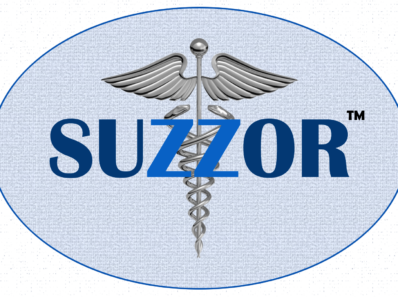Big growth opportunities are coming to the health care industry. Some of the largest opportunities are when two or more rapidly converging technologies are combined in powerful ways to change everything from patient communication, diagnosis, and research to all aspects of personalized wellness care. Often overlooked are less obvious areas where there are inefficiencies that result in wasted time and money. It is within these niches where innovation can make the most impact.
Innovation is playing a key role in the rapidly shifting roles and responsibilities of the three P’s (patient, provider, and the payer). Patients are highly engaged and empowered to make their own personal health care decisions as access to smartphone and wearable technologies advance. These technologies provide near real-time personalized health care information, such as monitoring blood pressure, blood glucose levels, EKG’s, sleep rhythms, step counts, caloric intake and more. The physician providers are also adopting telemedicine-based solutions that can receive real-time patient information, schedule virtual office visits, conduct peer-to-peer surgical case consults as well as improve case scheduling. Finally, the payers are also taking notice that access to these technologies is leading to greater efficiencies and lower patient costs while at the same time improving clinical outcomes.
Although the three P’s garner the most attention from media outlets, it may be the behind the scenes, less glamorous areas of healthcare, such as backend supply chain, inventory control, customer service and administrative activities that have the greatest opportunities to be disrupted using technology. If you combine the best technologies of supply chain with the shift in mobile consumerism you get the eCommerce websites of today.
The advantages of eCommerce in healthcare are exponential. The eCommerce concept provides users with the convenience of millions of products and thousands of product reviews all from the comfort of your office or sitting at the nursing station in the ER. Some of the major healthcare distributors and manufacturers, such as Cardinal, MedLine and McKesson already have created online ordering platforms to improve the customer experience while searching for cost savings. However, it is the start-ups, like SUZZOR that have an edge over these corporate giants. SUZZOR is creating an online ordering platform focused on an underserved niche of medical device and regenerative medicine implants. SUZZOR is leveraging cutting edge artificial intelligence (AI) algorithms to help predict and monitor ordering patterns, streamlining a tedious and error-prone ordering process using a simple and elegant PC and mobile interface while saving SUZZOR suppliers/partners money in reduced sales commissions and marketing advertising fees. These features and benefits all contribute to an agile online marketplace for healthcare providers and organizations and ultimately, the patients.
Today, eCommerce sites are ubiquitous in the daily lives of millions of people around the globe. Transitioning these cloud based, user friendly and highly transparent platforms into the healthcare setting is occurring at a rapid rate. They create the opportunity for the healthcare industry to take advantage of all the best parts of the traditional supply chain while eliminating the tedious, redundant and complicated elements that bog down the system. Just as eCommerce has empowered the individual, the same technologies can be empowering to the whole healthcare continuum.

